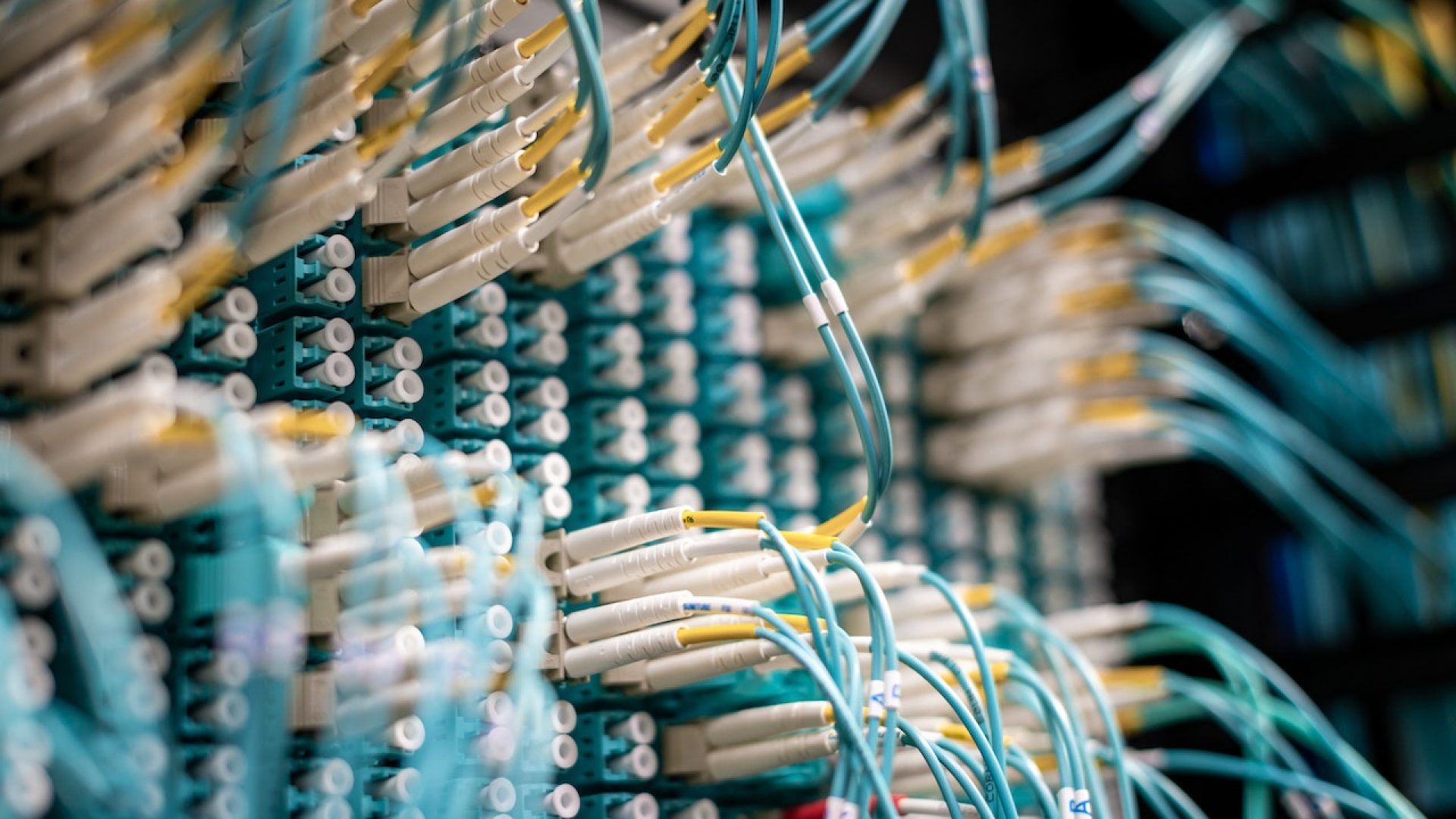Fibre optics is a technology that uses thin, flexible strands of glass or other transparent materials to transmit light. It is used in various applications, including data communications, fibre-optic lighting, and fibre-optic sensing. It is also finding use in various other fields such as medicine, security, and lighting.
However, many are still hesitant to invest in fibre optics due to certain misconceptions. In this article, we will share the truth about these misconceptions.
Myth #1: Fibre Optics Is a New Technology
Fibre optics has been around for quite some time. It was first developed in the 1970s and has been used in various applications since then. For example, fibre optics have been used in medical imaging for many years. In the past few years, fibre optics has become widely used for communications.
Myth #2: Fibre Optics Is Expensive
Fibre optics is a type of technology that uses light to transmit data. This means that data can be transmitted over long distances without the need for repeaters, saving money. Additionally, fibre optics is not susceptible to interference from things like electrical wires and can provide higher bandwidth than other types of communications technologies. All these, including savings on electricity bills, make the investment worth it.
Myth #3: Fibre Optics Is Only for Long-Distance Communications
Fibre optics is a type of data transmission that uses light to send information. This technology can be used for both long-distance and short-distance communications. Fibre optics is often used for short-distance communications, such as in local area networks (LANs).
Myth #4: Fibre Optics Is Difficult to Install
Fibre optics is not necessarily more difficult to install than other communications technologies. In some cases, it can be easier to install. This is because they are thinner and made of glass or plastic, making them more lightweight.
Myth #5: Fibre Optics Is Fragile
Fibre optics is quite durable. The fibre optic cables are made of glass or plastic, both quite strong materials. In addition, the cables are often surrounded by a protective jacket. Fibre optics are also much less likely to be damaged than metal wires. They can be bent, twisted, and routed without affecting signal quality. This makes them ideal for use in applications where the cables may be subject to movement or vibration.
Myth #6: Fibre Optics Is Susceptible to Interference
Fibre optics is not susceptible to interference from electromagnetic sources, making it ideal for use in environments where electromagnetic interference is a concern. Additionally, fibre optics offers high bandwidth and low latency, making it ideal for use in data-intensive applications.
Myth #7: Fibre Optics Is Not Compatible with Existing Infrastructure
Fibre optics are increasingly used to upgrade existing infrastructure, such as copper cables and optical fibres. In many cases, fibre optics can be used to improve the performance of existing infrastructure.
Conclusion
Fibre optics is an incredible technology that has revolutionized the way we communicate. It allows data to be transmitted at incredibly high speeds and over long distances with little signal loss. This technology has made it possible for the internet and other communications systems to operate at the speeds and levels of reliability we take for granted today.
Are you seeking fibre optic cabling in Calgary? You can contact us at TP Communications. We help organizations get connected digitally and stay up-to-date in the field of communication. Get in touch with us to learn more about our services.




